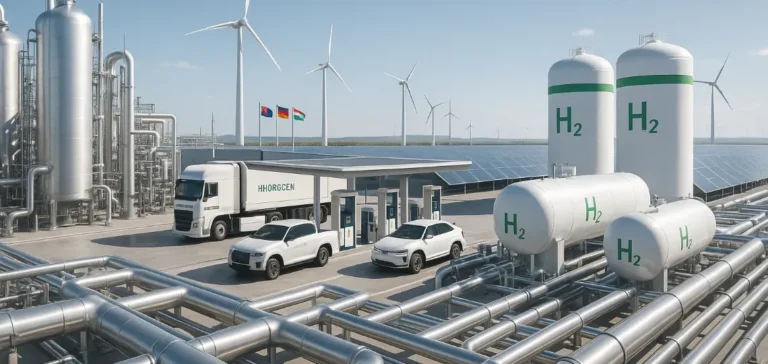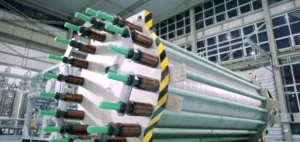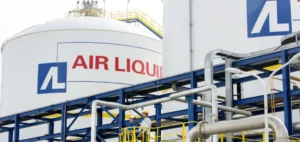The increasing demand for green hydrogen is primarily due to substantial investments made in the renewable energy sector and targeted initiatives launched by several international governments to foster this emerging technology. The market, estimated at $8.38bn in 2024, particularly benefits from heightened interest in fuel cell electric vehicles (FCEVs) and the implementation of large-scale hydrogen production facilities.
Sustainable mobility and private investments
Several major players recently entered strategic partnerships in the automotive sector to supply a rapidly growing FCEV market. In April 2025, Reblko signed an agreement with Toyota Motor North America to supply hydrogen fuel cell modules. In Canada, Toyota also concluded an agreement in July 2023 with Edmonton International Airport to provide a fleet of 100 Mirai hydrogen vehicles.
The establishment of large-scale green hydrogen production units also attracts significant private investments. A consortium including Iwatani Corporation, Kansai Electric Power Company, Marubeni Corporation, Keppel Infrastructure and Stanwell Corporation announced a $79.75mn investment in a project located in Queensland, Australia, aimed at constructing a hydrogen production and liquefaction plant.
Major projects and developing infrastructures
Infrastructure dedicated to the production, storage, and distribution of green hydrogen is beginning to emerge on a large scale. In June 2023, Larsen & Toubro announced its participation in establishing infrastructure for the world’s largest green hydrogen plant, developed by NEOM Green Hydrogen Company (NGHC) in Saudi Arabia.
Geographically, the market is currently dominated by North America, followed by Europe and Asia-Pacific. However, according to forecasts, the Asia-Pacific region should record the highest growth rate between 2025 and 2031 due to rapid industrialization and urbanization in the region.
Institutional support and national strategies
National policies also play a crucial role in this growth. Australia, through its National Hydrogen Strategy, aims to become a major hydrogen exporter by 2030. The European Union has included green hydrogen in its European Green Deal, accompanied by specific funding and regulations. In India, the National Green Hydrogen Mission (NGH) was launched in early 2023, with a budget of $2.4bn aimed at achieving annual production of five million metric tonnes by 2030.
These developments offer investors and companies in the sector significant perspectives on a rapidly structuring market, where institutional support and industrial dynamics are clearly defined.






















